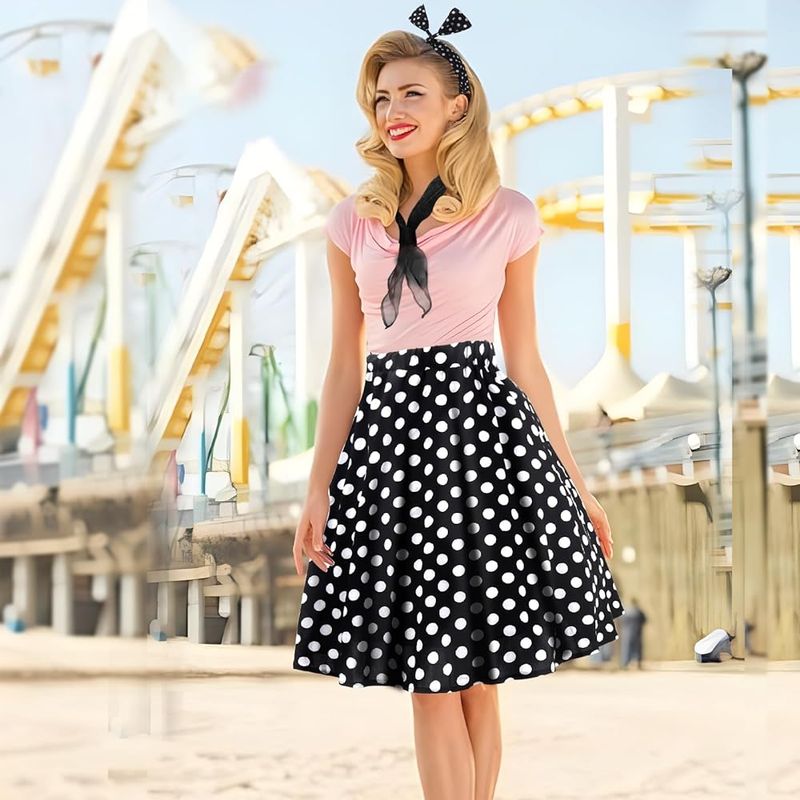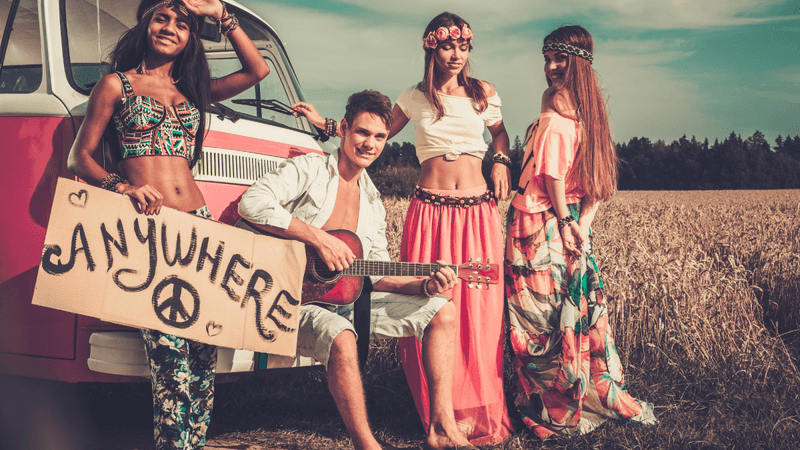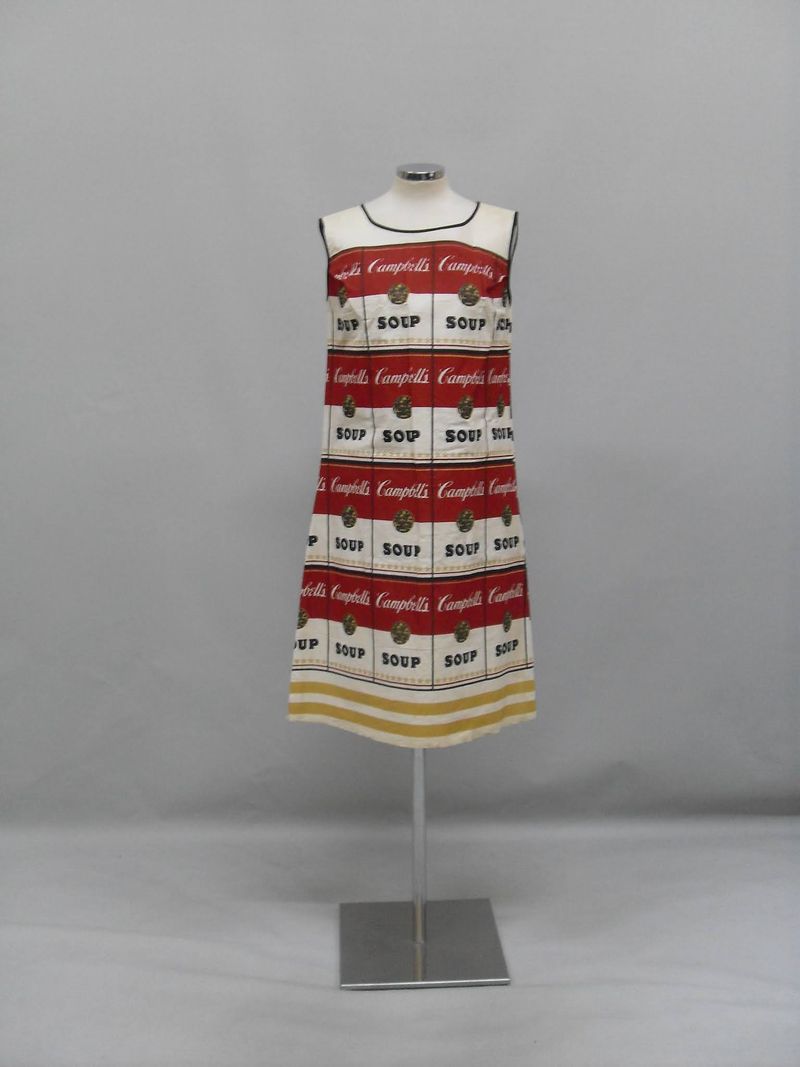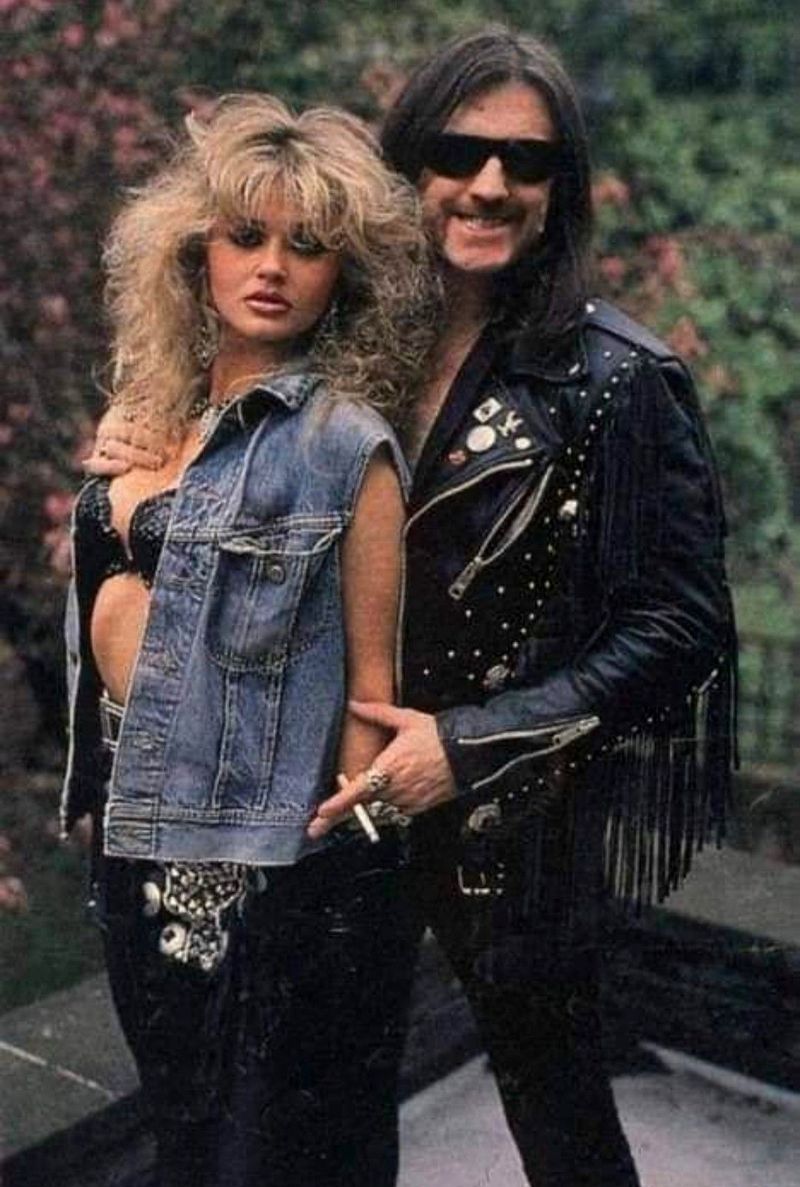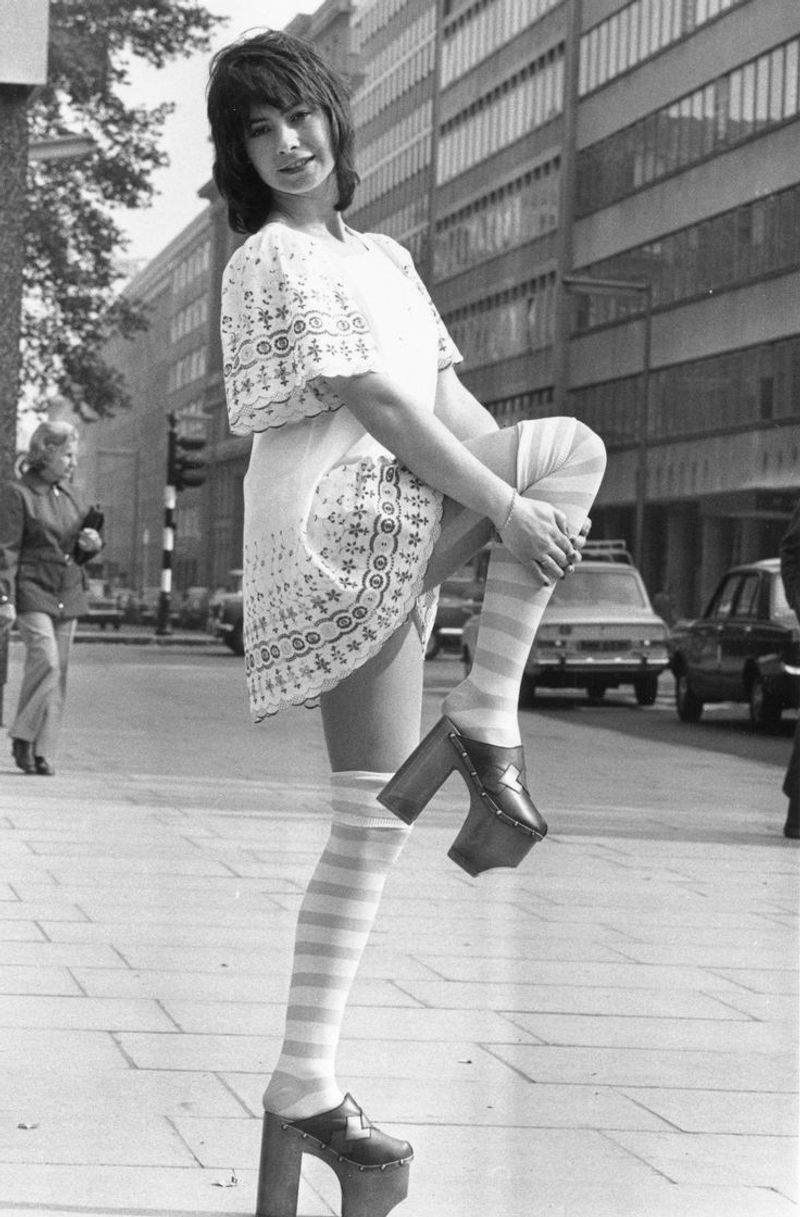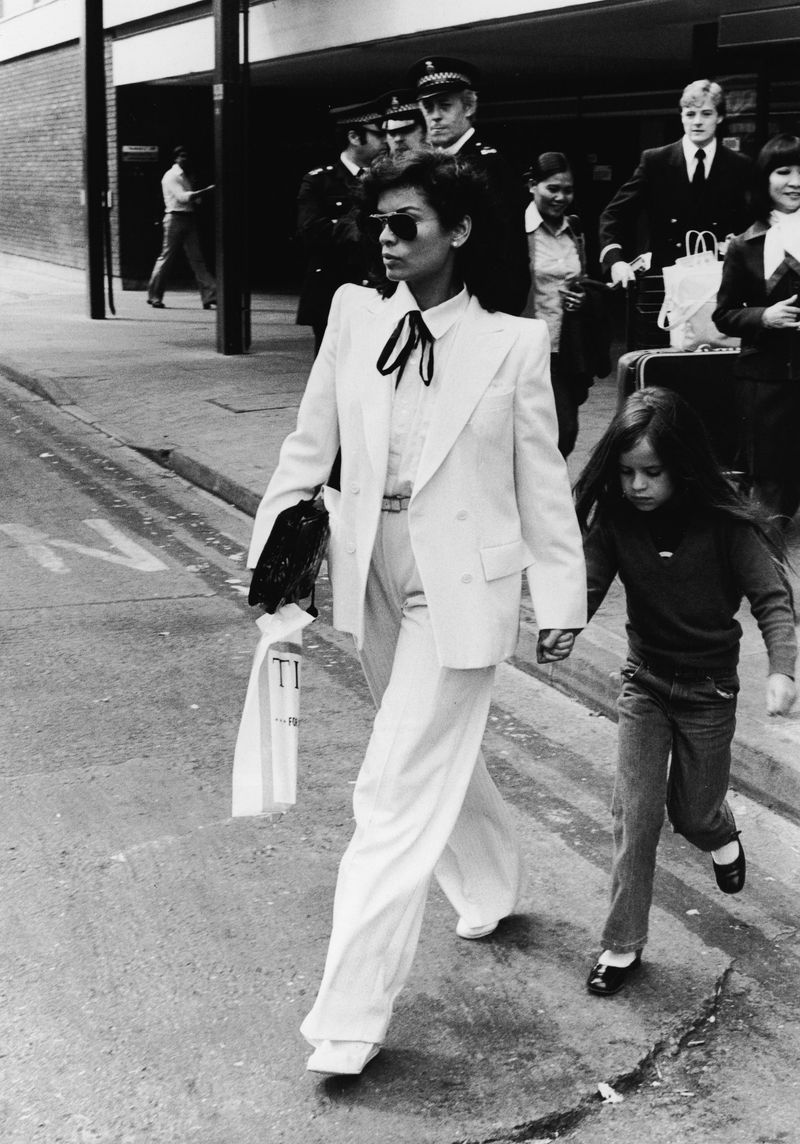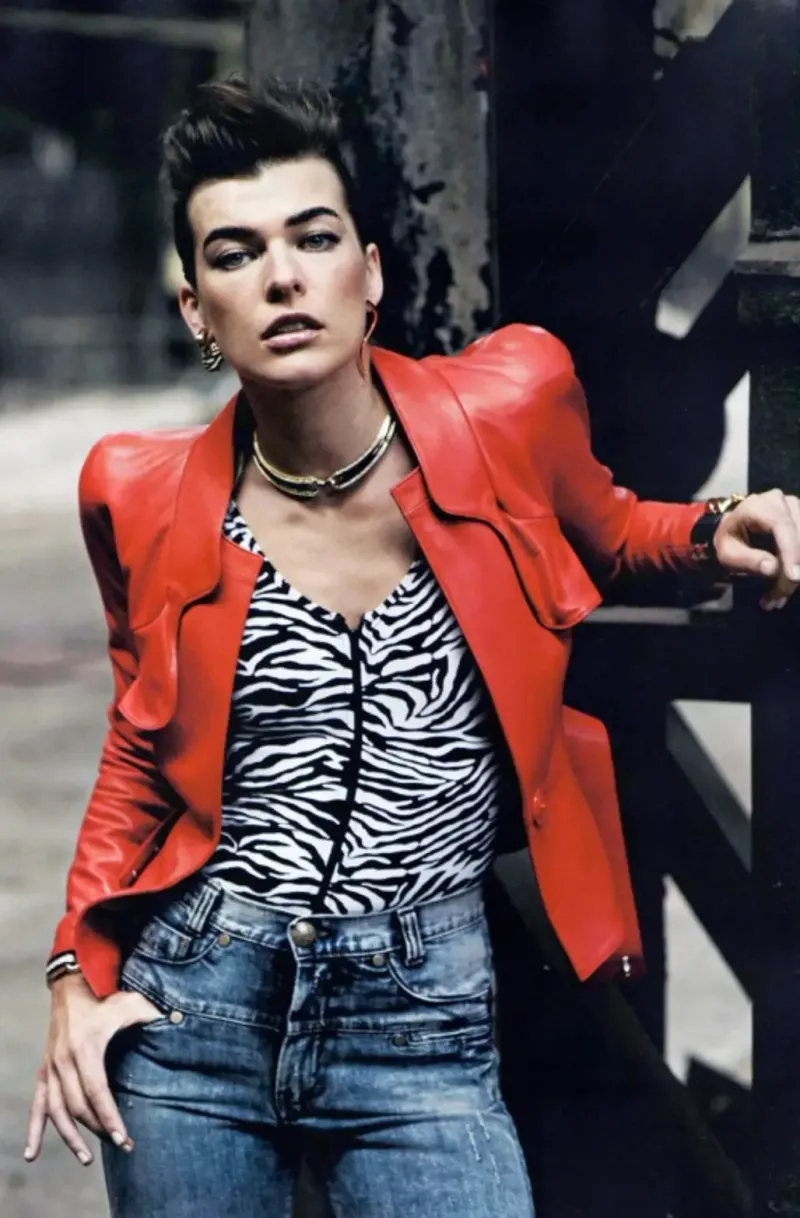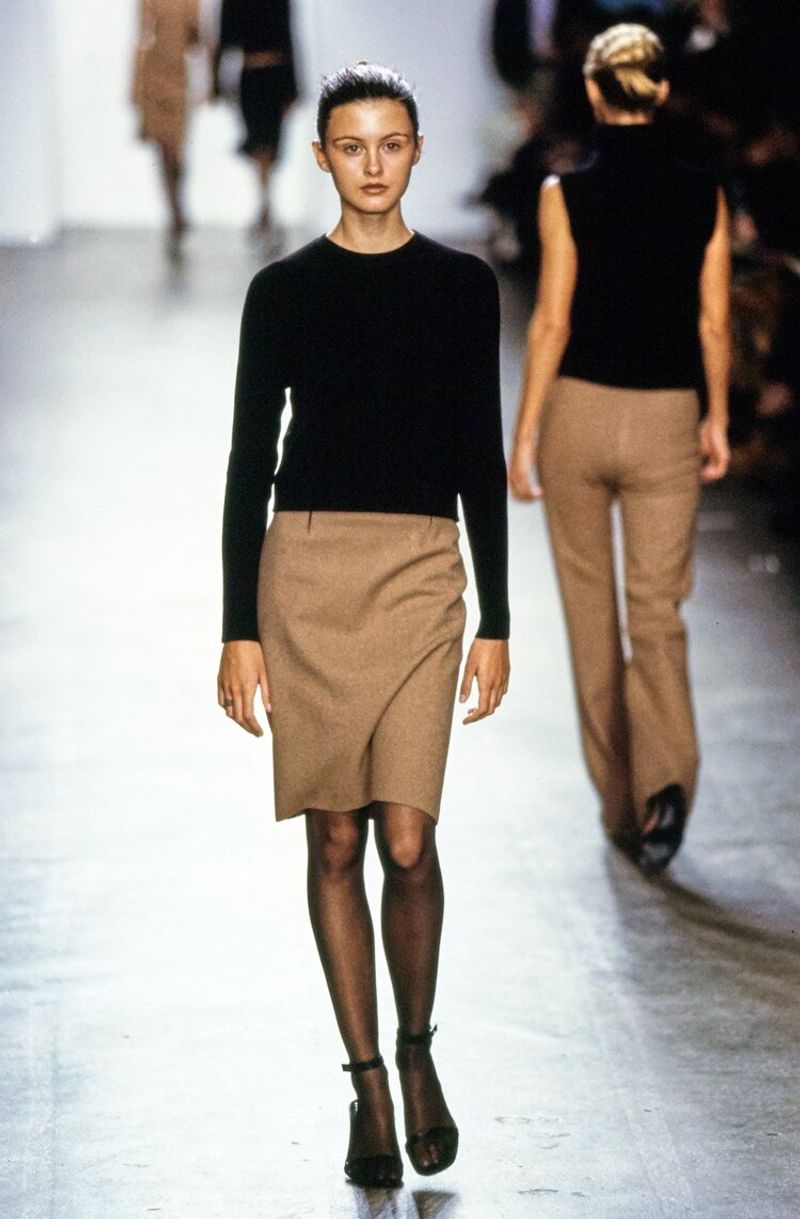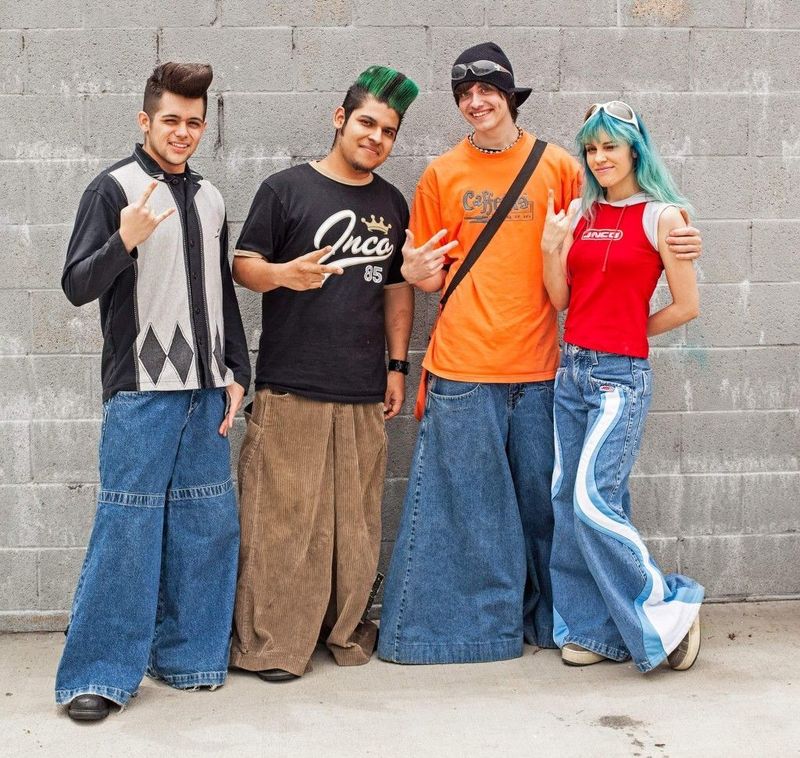Fashion has always been a reflection of the times, with each decade bringing its own unique trends that shaped how people expressed themselves. From the glamorous silhouettes of the 1950s to the bold, experimental styles of the 1980s, each era had its own impact on the fashion world. As we look back at these decades, it’s fascinating to see how trends evolved and how some styles managed to stand the test of time while others became relics of the past.
The 1950s marked an era of femininity and refinement, with poodle skirts, tailored dresses, and bold accessories taking center stage. In contrast, the 1960s introduced a more youthful and rebellious vibe, with the mod look and mini skirts challenging traditional norms. Each decade brought with it new icons and movements that left their mark on fashion, making it clear that clothing was not just about appearance, but a reflection of culture and societal change.
By the time the 1990s rolled around, fashion took a minimalist turn, favoring simplicity and comfort. The grunge movement, oversized flannel shirts, and slip dresses redefined casual wear, while the rise of supermodels set new standards of beauty and style. As we explore the best and worst trends of the past, it’s clear that these decades shaped the way we dress today, and some of their most iconic styles have made a lasting impact on contemporary fashion.
1. 1950s Best: Poodle Skirts
All the rage in the 1950s, poodle skirts symbolized the lively spirit of the era. These full circle skirts, often adorned with poodle appliques, were a fashion staple for teenage girls.
They embodied the youth’s desire for fun and freedom, making them perfect for dancing the jitterbug. The skirts came in various colors and were typically worn with a cinched waist and crinoline petticoats.
While they were an expression of playful femininity, poodle skirts also showcased personal style, as the appliques could be customized. They are remembered fondly for their charm and whimsy.
2. 1950s Worst: Saddle Shoes
Characterized by their distinctive black and white design, saddle shoes were a common sight in the 1950s. However, their popularity waned as fashion evolved.
Despite being practical and durable, they were often deemed unfashionable by the end of the decade. The shoes were commonly associated with school uniforms, which further limited their appeal.
While they did offer a clean and polished look, many viewed them as too conservative. They lacked the pizzazz of other 50s trends, making them one of the less celebrated styles of the era.
3. 1960s Best: Hippie Movement
The hippie movement of the 1960s brought a vibrant explosion of colors and patterns into the fashion world. It was characterized by a free-spirited and eclectic style that challenged traditional norms.
Bell-bottoms, tie-dye shirts, and floral headbands became iconic symbols of this era. The fashion was heavily influenced by peace and love, often incorporating ethnic elements.
Besides its aesthetic appeal, hippie fashion was a statement against the status quo, promoting individuality and freedom. It left a lasting impact, inspiring future generations to embrace bold, unconventional styles.
4. 1960s Worst: Paper Dresses
Briefly captivating the fashion world in the 1960s, paper dresses gained attention for their novelty and affordability. Made from disposable materials, they were marketed as fun and easy fashion solutions.
However, their impracticality soon became apparent. The dresses were fragile and easily damaged, limiting their use to one or two occasions.
While they captured the adventurous spirit of the time, they lacked durability and substance. Ultimately, paper dresses were more of a gimmick than a lasting trend, quickly fading from the fashion scene as practicality prevailed.
5. 1970s Best: Punk Fashion
Punk fashion emerged in the 1970s as a rebellious and edgy style. It was characterized by bold, unconventional clothing choices such as leather jackets, ripped jeans, and band tees.
This trend was a form of self-expression, often accompanied by striking hairstyles like mohawks or brightly colored hair. Punk fashion was a direct challenge to the mainstream, emphasizing individuality and resistance.
Its influence extended beyond clothing, impacting music and culture. Punk’s legacy endures, with its elements still visible in modern alternative fashion, symbolizing defiance and creativity.
6. 1970s Worst: Platform Shoes
A defining trend of the 1970s, platform shoes were known for their towering heights and bold designs. While they added inches to one’s height, they often sacrificed comfort and practicality.
The shoes were prone to causing falls and injuries due to their unstable structure. Despite being eye-catching, they weren’t suitable for all-day wear.
Though popular in disco culture, their impracticality eventually overshadowed their appeal. Over time, platform shoes became emblematic of the excesses of the era, remembered more for their novelty than for practicality.
7. 1980s Best: Power Dressing
Power dressing in the 1980s was all about making a statement in the corporate world. Characterized by sharp suits with broad shoulders and bold colors, it exuded confidence and authority.
This trend was particularly significant for women, as it symbolized empowerment and breaking into male-dominated fields. The tailored silhouette and strong lines projected professionalism.
Power dressing wasn’t just about clothes; it was a mindset. It encouraged self-assurance and ambition, influencing workplace fashion for decades. Its legacy continues, inspiring modern professional attire with its focus on strength and style.
8. 1980s Worst: Shoulder Pads
A ubiquitous feature in 1980s fashion, shoulder pads were found in everything from blazers to blouses. However, their exaggerated size often led to ridicule.
While initially intended to create a strong silhouette, they frequently resulted in comically oversized proportions. Many felt that the pads overwhelmed the wearer’s natural frame.
Despite their negative reputation, shoulder pads did succeed in conveying a sense of power and authority. Yet, their overuse eventually made them a symbol of the fashion excesses of the 1980s, leading to their decline in the following decades.
9. 1990s Best: Minimalism
Minimalism in the 1990s was a refreshing departure from the flamboyant styles of previous decades. The trend focused on simplicity and elegance, favoring clean lines and neutral colors.
This understated style was embraced for its timeless appeal and versatility, suitable for various occasions. Key pieces included slip dresses, plain tees, and understated accessories.
Minimalism was more than just a fashion statement; it was a reaction against the excesses of the 80s. Its focus on quality over quantity resonated with many, leaving a lasting impact on fashion philosophy.
10. 1990s Worst: Baggy Jeans
Baggy jeans became a staple of 1990s fashion, popularized by hip-hop culture. Despite their widespread appeal, they were often criticized for their oversized and shapeless fit.
The jeans, often worn several sizes too large, sometimes resulted in a sloppy appearance. This trend emphasized comfort over style, but it wasn’t flattering on all body types.
While they hold nostalgic value, baggy jeans are seen as a quintessential example of 90s fashion’s more awkward moments. They serve as a reminder of how comfort sometimes clashed with style preferences.


